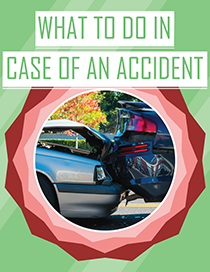Driving on Old Tires is Scary!
Not only is it critical to recognize the signs of worn out, dangerous tread, it is also important to understand that even if old tires look okay, they could be seriously compromised and a safe driving hazard.
Old tires often show no visible sign of deterioration. While they may appear to be safe, usable tires, cracks can develop both on the inside and the outside of the tire. Since the rubber compounds used in tires degrade over time, cracks will develop in the rubber, regardless of mileage and wear. Ultimately, this cracking leads to the steel belts in the tread separating from the rest of the tire.
The Rubber Manufacturers Association reports that putting an expiration date on a tire can be difficult since factors such as heat, driving, and storage conditions can greatly impact the usable life of a tire. The recommendation of the National Highway Traffic Safety Administration (NHTSA) is to refer to the guidelines set by the specific tire manufacturer when it comes to tire aging and usable life.
In some cases, such as a used car purchase, the origin and age of a tire might be unknown. You can still find out how old those tires are. In 2000 the U.S. Department of Transportation began requiring tires to have a DOT code. With this code, you can learn details about the tire, including its age. Decipher the code by downloading a free app offered by the Tire Safety Group. Available for Android and iPhone, the app enables you to get to get a free Tire Facts Report by simply entering the DOT code from your tire. The report lets you know if a tire is old, defective, or has been the subject of a recall. The app shows you where to find the code on the tire and even includes a flashlight function to help you see the code clearly!
If you find out your tires are too old to drive on, go out and buy some new tires as soon as possible! As for your old tires, look for a creative way to recycle them! We’re here to help you find the perfect tire for your vehicle.







